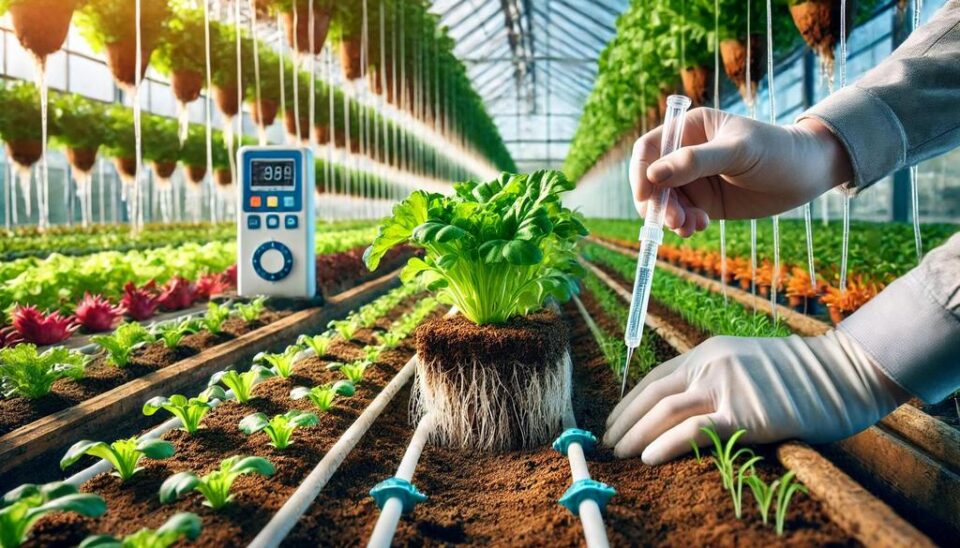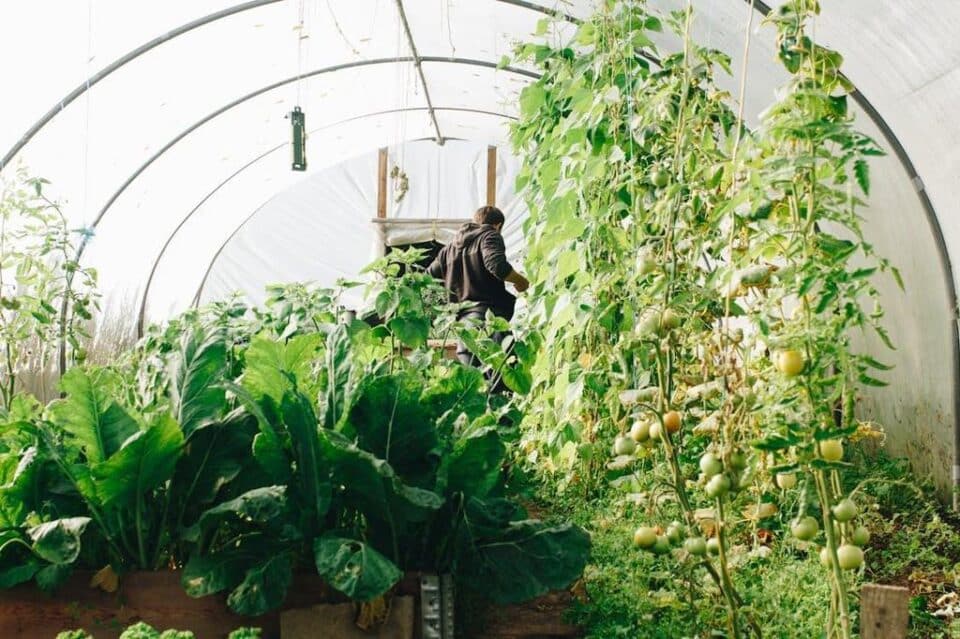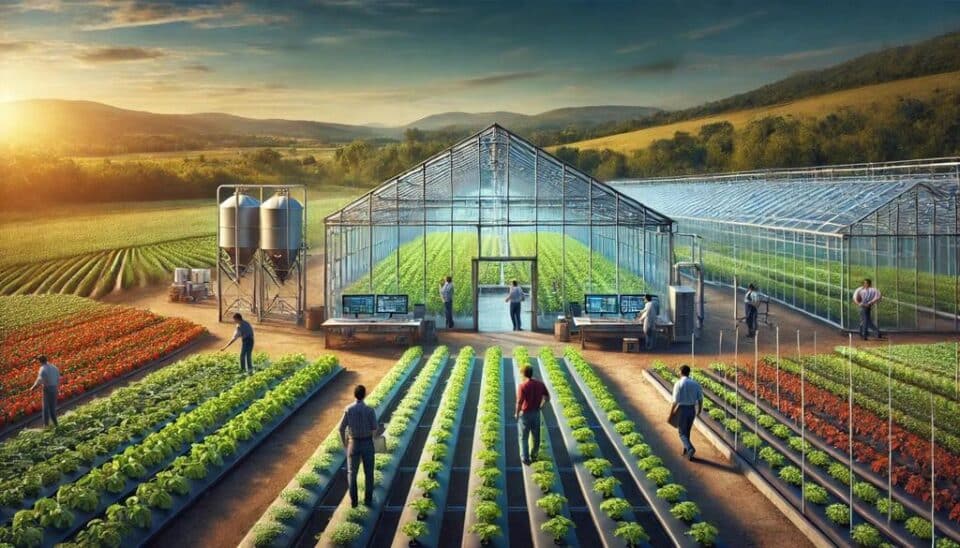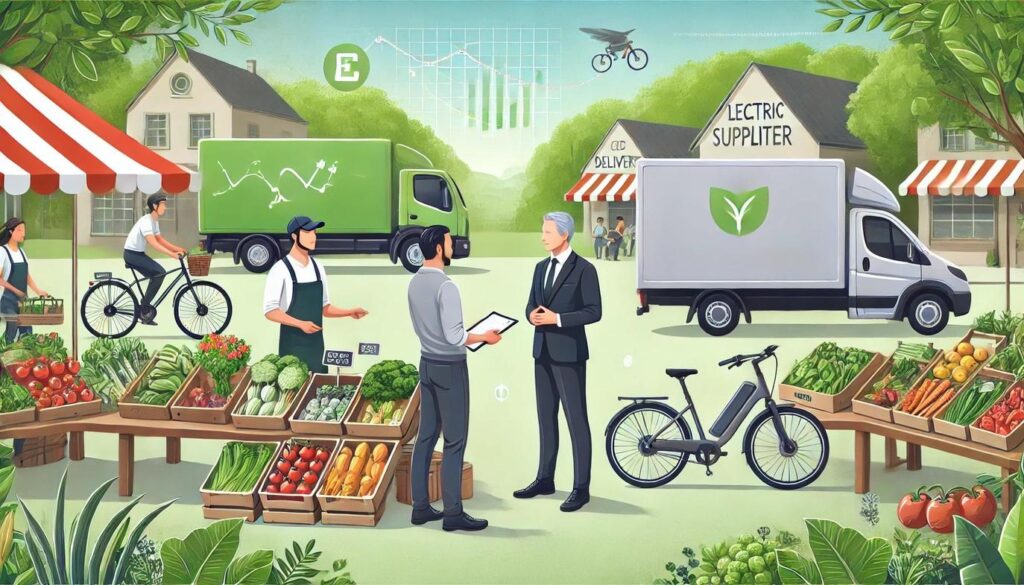Establishing a commercial greenhouse presents both opportunities and challenges. This venture can be equally thrilling for experienced agriculturalists and newcomers in horticulture. Careful planning and precise execution are essential for achieving success in greenhouse operations. Several key factors determine the sustainability and profitability of a greenhouse, including design, materials, and effective business strategies. Dedicating time to meticulously address these elements lays the foundation for a productive greenhouse that effectively meets market demands and enhances overall efficiency.
Understanding Your Market Needs
Before embarking on your greenhouse project, it’s essential to analyze the market’s needs specific to your location. Understanding the types of crops that will be profitable in your area is vital. Conducting thorough market research can unveil valuable information regarding local demands, competition, and pricing strategies. Engaging with potential customers can also provide insights into what products may succeed in your niche.
Analyzing this data assists in making informed decisions about crop selection. The growing demand for organic produce has significantly heightened consumer interest, particularly in urban areas where access to fresh, local food is critical. Gaining insights into market trends and understanding consumer preferences directly influences greenhouse design and informs cultivation strategies. This knowledge ensures that the crops grown align with market needs, enhancing the potential for profitability and customer satisfaction.
Choosing the Right Location
The site of your commercial greenhouse plays a significant role in its overall success. Selecting an efficient location involves careful consideration of various factors, including accessibility, climate, and sunlight exposure. Natural light is crucial for plant growth, so aim for a location where sunlight is abundant throughout the day. Additionally, the site should offer an easily accessible route for delivery and customer pickup.
Proximity to water sources and essential utilities is also a consideration for efficiency. Zoning regulations and local agricultural policies can influence where you can build, so ensure you verify these requirements early in your planning process.
Designing for Efficiency and Sustainability
Once you have selected a location and analyzed your market needs, the next step is designing your greenhouse. An efficient greenhouse incorporates a layout that maximizes space and resource use. Key features to consider include ventilation systems, temperature control, and irrigation setups.
Choosing the right materials is equally important. Glass is a highly effective material for natural light penetration but can be costly and less energy-efficient. Polycarbonate panels are an alternative that provides insulation and durability, often at a lower cost. When planning your greenhouse design, it’s beneficial to consult with commercial greenhouse contractors who can offer tailored solutions based on your needs.
Collaboration guarantees that the greenhouse achieves both efficiency and sustainability objectives. It also ensures alignment with operational requirements. Engaging with experienced professionals enhances the effectiveness of the greenhouse design. Such cooperation fosters innovation and introduces best practices, ultimately supporting long-term success in greenhouse management.

Investing in Technology
The growing trend toward automated greenhouse technology can enhance operational efficiency. Automated systems can regulate temperature, humidity, and lighting based on real-time data, ensuring plants receive optimal conditions. Implementing sensors to monitor crop health and environmental variables can lead to significant improvements in yield and quality.
The integration of software for production management effectively streamlines various tasks, including planting schedules and inventory management. Implementing such technologies typically results in significant benefits. These advancements can substantially reduce labor costs while simultaneously enhancing overall productivity. Utilizing software solutions enables efficient operations and supports better decision-making within the greenhouse, contributing to long-term success.
Focusing on Plant Nutrition and Health
Healthy plants serve as the cornerstone of a successful greenhouse operation. Implementing robust nutrition programs specifically designed for each crop promotes vigorous growth and increases yields. Conducting regular soil testing provides valuable insights into nutrient deficiencies and pH levels. This information allows for appropriate amendments, ensuring optimal growing conditions for all plants. By prioritizing plant health and nutrition, greenhouse operators can significantly enhance productivity and achieve sustainable outcomes.
Employing integrated pest management (IPM) practices will help maintain plant health by controlling pest populations while minimizing chemical use. By using beneficial insects and organic pesticides, you can foster an environment that supports healthy plant growth while promoting sustainability.
Building Your Team
Hiring a dedicated workforce is essential for effectively managing greenhouse operations. Focus on recruiting individuals with expertise in horticulture and crop management to build a strong team. Providing continuous training and development opportunities fosters a knowledgeable workforce capable of adapting to changing market conditions.
Cultivating a collaborative atmosphere enhances communication among team members, resulting in a more productive work environment. Clearly defining roles and responsibilities ensures that all individuals are aligned in their tasks, from crop cultivation to sales. This approach promotes accountability and efficiency, driving overall success in greenhouse management.

Marketing Your Product
After you have established your greenhouse and put necessary operational systems in place, focusing on marketing is key to driving sales. Building a brand that resonates with your target audience can set you apart from competitors. Utilizing social media platforms and local events can amplify your reach while informing consumers about your products.
Participating in farmers’ markets and establishing relationships with local grocery stores can also enhance visibility and create loyal customers. Building a website allows potential customers to learn more about your offerings and connect with you easily.
Analyzing Financial Viability
Understanding the financial aspects of your greenhouse operation is critical for long-term success. This includes estimating both startup and ongoing costs, such as materials, labor, utilities, and maintenance expenses. Conducting a detailed financial analysis helps determine realistic pricing strategies that allow for profitability while remaining competitive.
Creating a budget and identifying potential funding sources, such as loans or grants, can alleviate financial pressure. It is essential to monitor your financial health continually so you can adjust your strategies based on performance and changing market realities.
Preparing for Seasonal Changes
Operating a greenhouse involves preparing for seasonal fluctuations that can impact crop yields and sales. Developing a strategy for seasonal transitions is essential for maintaining consistent output. This includes planning for pest outbreaks during warmer months and adapting watering strategies to accommodate changing weather conditions.
Your marketing efforts may also need adjustment depending on the season. Seasonal crops tend to attract more consumer interest at specific periods, so aligning your production cycles can enhance your sales potential.
Successful greenhouse management also involves regular evaluation of your strategies and outcomes. Monitoring crop performance, sales figures, and customer feedback can reveal areas for improvement. Establishing key performance indicators (KPIs) allows for systematic tracking of progress and results.

Forging a Path to Greenhouse Success
Establishing a commercial greenhouse is a journey that blends careful planning with a passion for horticulture. By understanding market demands, selecting an optimal location, and designing an efficient space, you lay the groundwork for a successful venture. Investing in technology and monitoring plant health are essential for maximizing productivity and ensuring sustainable practices.
Building a skilled team and implementing effective marketing strategies can further enhance your brand’s visibility and customer loyalty. Regularly assessing your financial viability and preparing for seasonal changes will allow you to adapt to market fluctuations and environmental challenges. Embracing continuous learning and innovation can propel your operation forward and lead to lasting success in the competitive agricultural landscape.
Every step taken towards refining your greenhouse practices is a step towards sustainability, profitability, and a thriving agricultural enterprise.




